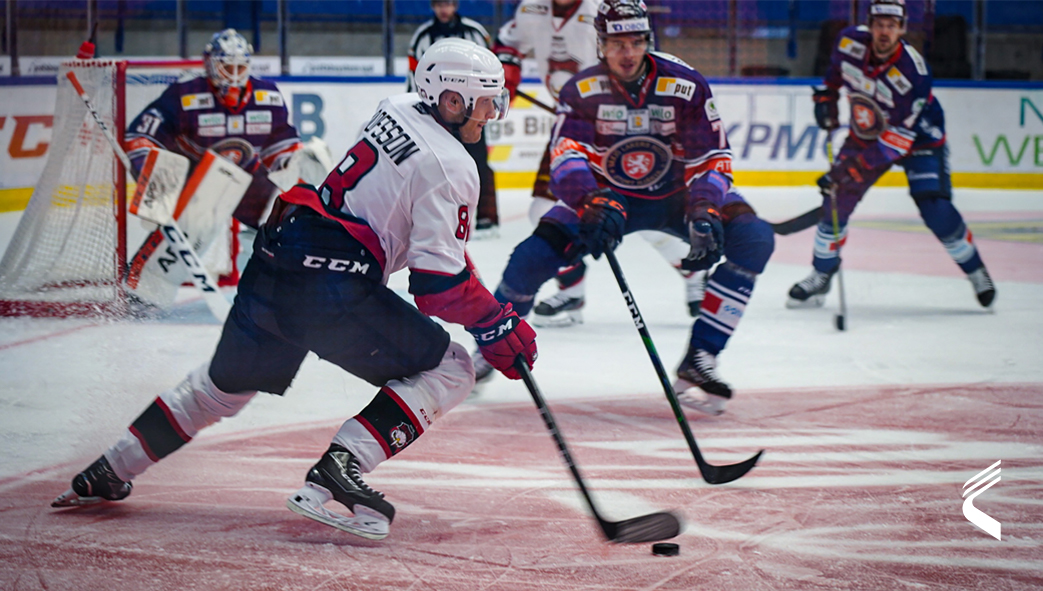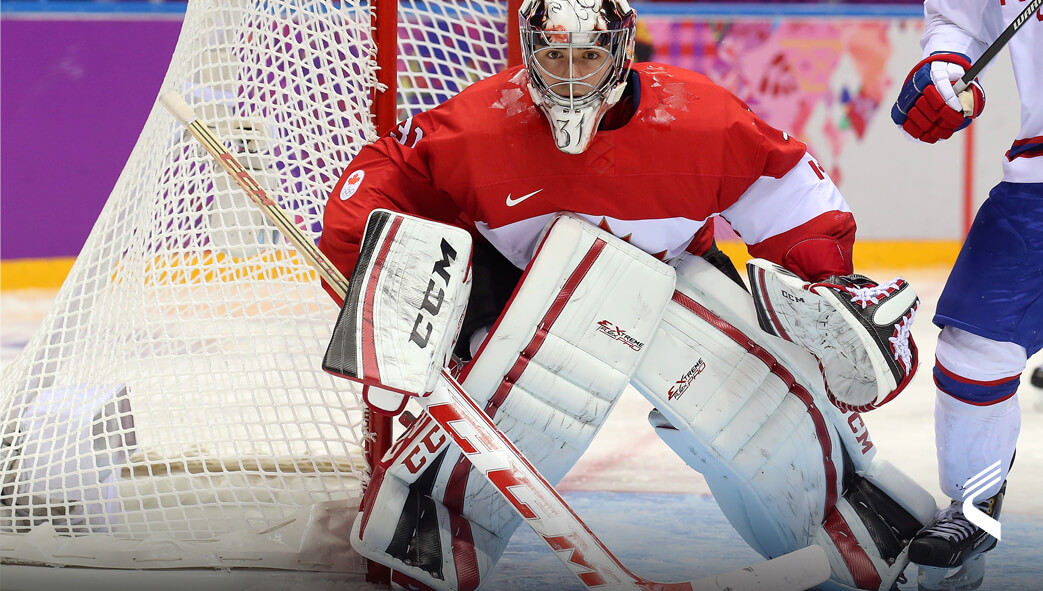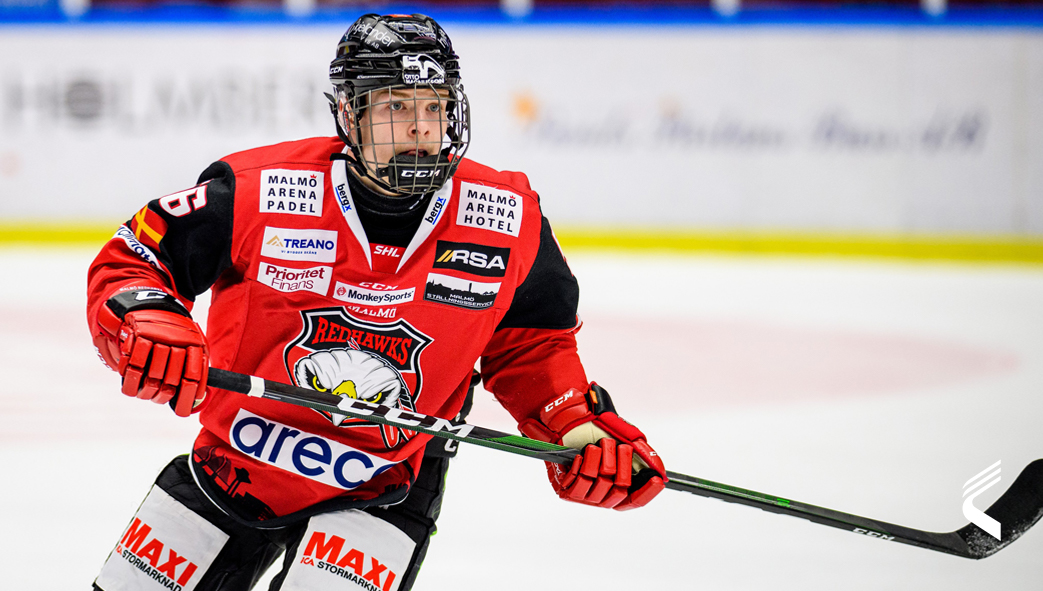6 reasons ice hockey coaches are using athlete monitoring technology
Athlete monitoring technology is widely used by coaches in sports like soccer, American football, and basketball. Coaches in those sports track their athletes to improve performance. Ice hockey teams are no different. In recent years, teams and coaches have been quick to adopt monitoring solutions to track their athletes’ performances.
Given the swift uptake in technology on-ice, we spoke to coaches in the National Hockey League (NHL), NCAA, and across other world-leading leagues. This blog explains why monitoring technology is vital for every level of ice hockey.
The six reasons ice hockey coaches are using athlete monitoring technology:
- Competitive advantage
- Athlete Progression and Development
- Injury mitigation
- Objective marker of player performance (benchmarks)
- Return to play
- Schedule planning
Hockey Canada’s and Catapult’s very own hockey performance specialist, Adam Douglas, wrapped up the reasons ice hockey coaches are using monitoring technologies in this presentation:
1. Competitive Advantage
Performance tracking allows a program to:
- Focus on the needs of specific athletes and provide better individual development
- Structure more effective training sessions to keep athletes fresh and engaged
- Design more informed training sessions based on individual and team demands
- Use performance data to make more informed coaching decisions
When you develop better athletes, train them more effectively, and can make better decisions – you give yourself an advantage over your opponents.
—> Click here to download this brochure to explore Catapult’s 45 Hockey-specific metrics.

2. Athlete Progression and Development
Athlete monitoring allows coaches to set and monitor benchmarks throughout the season based on wearable data. Coaches can establish benchmarks from preseason (or prior seasons) and monitor those metrics throughout the year. The results are a more accurate way of measuring development during the season and from year to year.
Catapult has specific ice hockey metrics that can be used longitudinally to track an athlete’s development over time. The average force per stride can be tracked to ensure that an athlete is getting stronger year over year. PlayerLoad and High-Intensity Work Duration (the amount of time spent above a certain threshold) can show that as an athlete matures that they are increasing both the volume and intensity of work done on the ice.
3. Injury Mitigation
Nothing can derail a season faster than a rash of injuries to a roster. While the cause of injuries are multifactorial, wearable data can help provide data that can be used to try to shift the probability of injuries occurring in a favorable direction.
Many overuse injuries occur when athletes do too much volume in a short period of time or are exposed to intensities greater than what they are used to. Load-based metrics such as On-Ice Load, Skating Load, or Explosive Efforts can be used to quantify the work being performed on the ice and help coaches plan future sessions in a progressive loading structure.
From an individual perspective, the ability to manage and monitor asymmetries during the skating stride can provide practitioner information of when an athlete starts to deviate from their normal skating stride pattern. This change in left-right force output while skating could be indicative of an underlying hip or groin problem that they can identify and correct before it causes a player to miss time.
—>Learn how Hockey Canada use athlete monitoring technology to mitigate the risk of injury.

4. Objective Marker of Player Performance (Benchmarks)
One of the most difficult situations for coaches is discussing a player’s performance, and the athlete does not see what the coaching staff is seeing. That is where data from wearable tracking comes in.
Numbers do not lie – the data is an objective measure of the volume and intensity that the athlete is outputting on the ice. This can create an opportunity for discussions and education around what the data is providing and the impact of workload on the ice. Helping frame the context behind the numbers can help the athletes and coaching staff an opportunity to improve.
5. Return to Play
When injuries do happen, having objective data will help in the return to play process with an injured athlete. Data allows the practitioner to set both individual benchmarks from the athlete to compare where they are now to their output before the injury occurred.
Benchmarks can also be set of positional game demands to structure return-to-skating sessions that are imposing specific demands. This gives the athlete, practitioner, and coaching staff confidence that they have exposed the athlete to game-specific demands during the rehabilitation process.
Catapult has the ability to measure and monitor the force output of each stride, thus allowing the practitioner to manage the skating load during the rehabilitation process. Reviewing the data with the athlete can help them understand where they are at in the process. It can also provide context behind the benchmarks that are guiding the rehab process.
—> Discover how the Swedish Premier Hockey League (SHL) team the Malmö Redhawks uses athlete monitoring to measure key metrics for return-to-play and other key coaching processes.

6. Schedule Planning
Wearable technology can help coaches plan their daily, weekly, and monthly schedules to ensure that the outcome of practices and games are the correct dose of volume and intensity. Sessional preparation is a fine balance between volume and intensity – and when those variables can be measured, they can be managed.
Skating Load is a volume-based metric that can provide information about the volume of work done both in session and also per drill. When combined with an intensity metric (Skating Load per Minute), coaches can understand the impact of their drill selection on practice design. More importantly, they can review the session to make sure it has the appropriate amount of volume and intensity based on their weekly and monthly planning.
To see our technology in action, arrange a free demo with one of our hockey performance specialists, today.
More information:
You can also read more about Adam, his role with Hockey Canada, and why they are using both athlete monitoring and video analysis to maximise their performance.
Catapult is also developing more ice hockey-specific solutions. So click here to subscribe to our mailing list to be the first to hear about our new solutions.
Revolutionizing Women’s Ice Hockey with Strategic Insights
The collaboration between the PWHL and Catapult represents a landmark deal in women’s sports, introducing comprehensive video analysis tools across all teams. This initiative aims to refine strategies and bolster performance, highlighting the league’s dedication to innovation and technological integration in sports. Dive into the details of how this partnership is changing the game for women’s ice hockey.